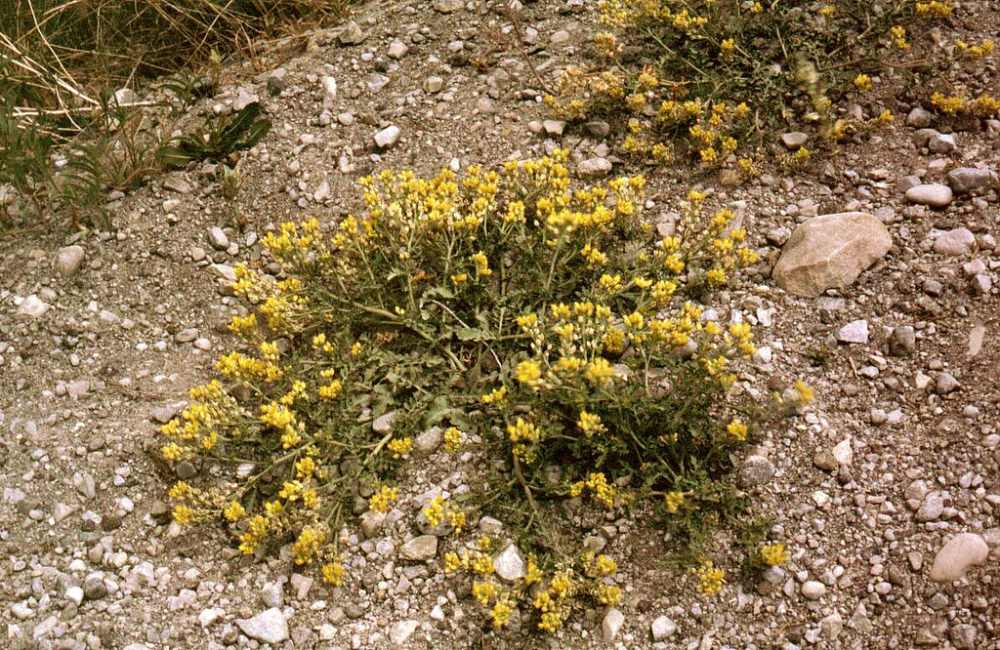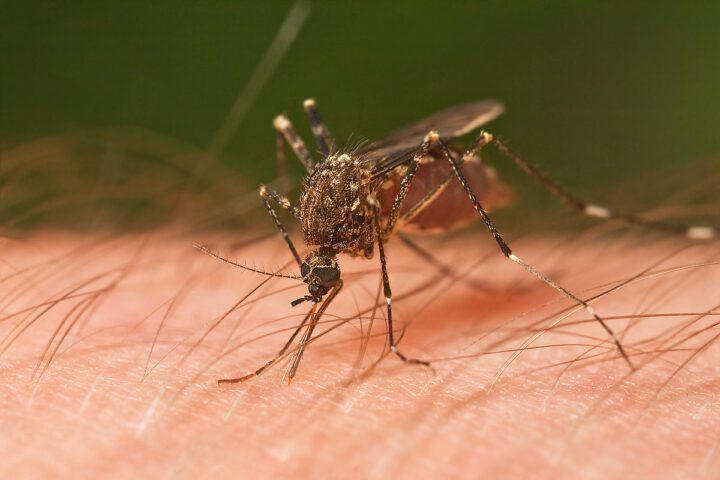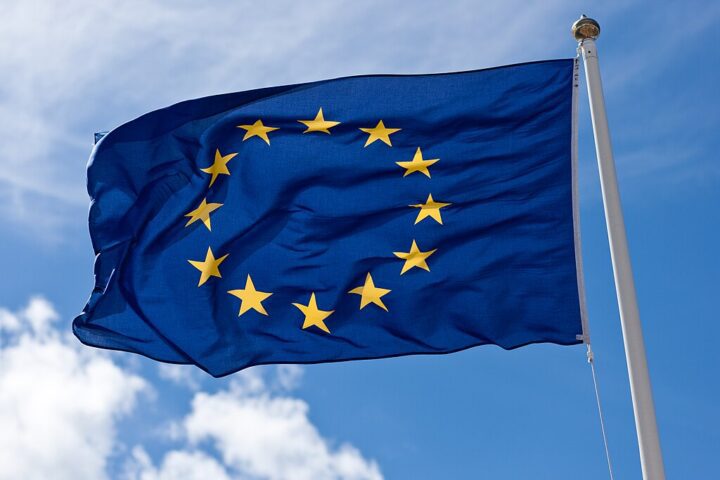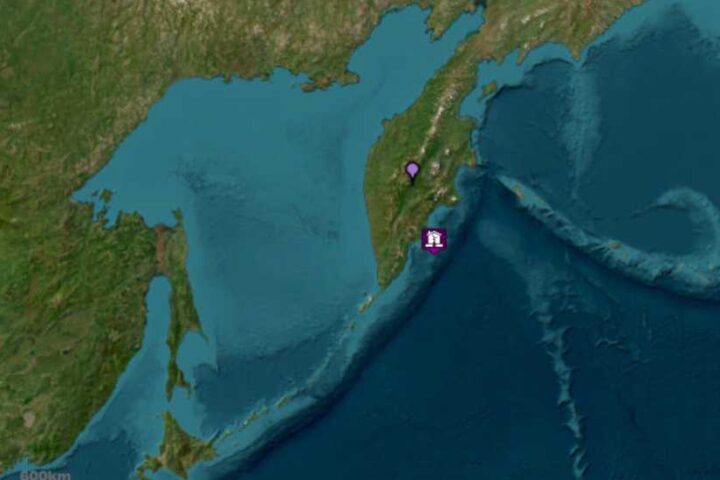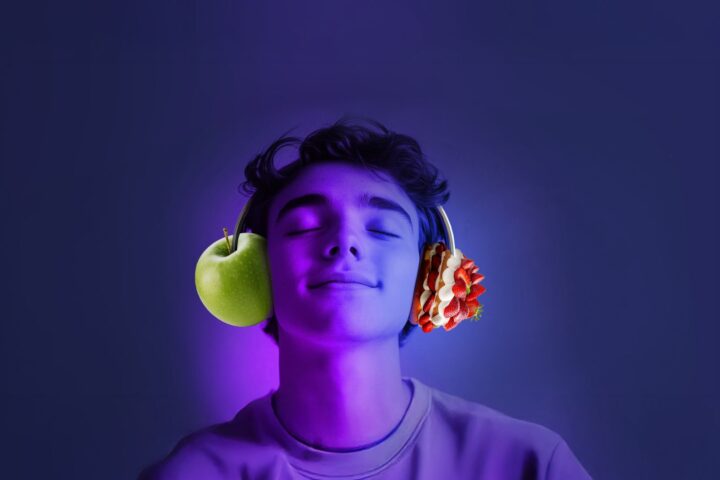Back in my day, we buried goldfish in matchboxes with solemn ceremony. Now, the Danes are dropping off rabbits, guinea pigs, and chickens at the zoo for lion lunch. Times change, not always for the better, but sometimes with refreshing pragmatism.
Aalborg Zoo’s pet donation program isn’t new—they’ve accepted unwanted pets as predator provisions for years—but their formalized invitation has ruffled feathers internationally. The concept is straightforward: your unwanted rabbit, guinea pig, or even horse becomes nutrition for captive carnivores.
Collection Protocols and Practical Considerations
The zoological facility accepts animal donations weekdays between 10:00 and 13:00, with a daily quota of four specimens. Taxonomy matters little; small mammals through equids qualify, though size restrictions apply for logistical reasons—horses must not exceed 147 cm at the withers.
According to zoo statements to the press, small animals meet their end via carbon dioxide chambers—standard ex-situ conservation practice for humane dispatch. Larger specimens undergo captive-bolt stunning in accordance with Danish Animal Welfare Act (Dyreværnsloven) protocols.
The tax deduction incentive—a cold-blooded financial calculation, some might say—provides documentation that your formerly beloved companion contributed to conservation science rather than landfill mass.
Trophic Transfer: The Science of Whole-Prey Diets
“Whole prey delivers a more diverse array of nutrients,” explains Marcus Clauss, a veterinary professor who studies zoo animal nutrition. “The bones and fur provide essential minerals, while the process of ingesting fur stimulates natural foraging behavior.”
The European Association of Zoos and Aquaria guidelines highlight health issues such as metabolic bone disease when whole prey is absent from carnivore diets. Ex-situ populations develop reproductive complications and stereotypic behaviors when denied species-appropriate dietary items—complications documented in zoological literature but often overlooked by facilities favoring visitor sensibilities over biological imperatives.
Similar Posts
Regulatory Compliance and Institutional Oversight
The Aalborg program operates within Denmark’s regulatory framework, with institutional adherence to both European Association of Zoos and Aquaria (EAZA) and World Association of Zoos and Aquariums (WAZA) accreditation standards.
Danish legislation mandates physiological and ethological considerations in animal management under the 2013 Animal Welfare Act. The law permits zoos to conduct humane euthanasia under guidelines that align with broader welfare principles and EU Directive 1999/22/EC on keeping wild animals in zoos, though specific euthanasia protocols fall under Regulation (EC) No 1099/2009.
Consumer Sentiment: The Reaction Spectrum
Public response shows significant division on the practice. Social media commentators label the program with emotionally charged terminology: “sick,” “disgusting,” “barbaric.”
Meanwhile, former pet owners who’ve utilized the service express different views. “I took a horse to the zoo a few years ago. It was old and had arthrit,is but still ate well. The animals get a proper, painless end,” noted one donor in The Guardian.
Both viewpoints reflect disparate cultural attitudes toward mortality and utility that existed well before the internet amplified divisiveness.
Historical Precedent: The Marius Affair
Danish animal management entered international consciousness in 2014 when Copenhagen Zoo euthanized a healthy juvenile giraffe named Marius. The subsequent public necropsy and lion feeding—conducted before visiting children—triggered unprecedented outrage from nations with sanitized attitudes toward natural processes.
The affair exposed different approaches to conservation education. Danish institutions maintain transparent biological practices, while many facilities elsewhere present a more filtered view of natural cycles.
Global Context: Not a Danish Invention
The practice exists elsewhere with less fanfare. Wild Spirit Wolf Sanctuary (New Mexico) accepts livestock donations without media hysteria. Anchorage Zoo has requested frozen meat donations from hunters—a practice common throughout rural America without urban objection.
American shelter statistics provide context: approximately 6.5 million animals enter U.S. shelters annually with 1 million euthanized—their bodies typically incinerated or buried rather than utilized. Danish pragmatism questions this waste, though Denmark-specific statistics remain unavailable in public records.
Contrary Perspectives: Rights Advocates Respond
Animal advocacy organizations predictably oppose the practice. PETA representative Mimi Bekhechi stated: “It’s not ‘natural behaviour’ for predators from Asia and Africa to eat domesticated animals from Europe and companion animals from South America while held captive in Denmark.”
No statement has been issued by the Danish Food and Veterinary Administration regarding the program.
Reality Bites
The Aalborg Zoo accepts donated pets, euthanizes them according to Danish law, and feeds them to predators under long-established guidelines. Some support the practice for its honesty about biological cycles; others object on emotional grounds. The program continues regardless, reflecting Danish cultural attitudes toward practical animal management.
For pet owners in Denmark, the choice exists: burial, shelter surrender, or zoo donation. The decision remains personal—a fact unchanged since humans first domesticated animals thousands of years ago.


